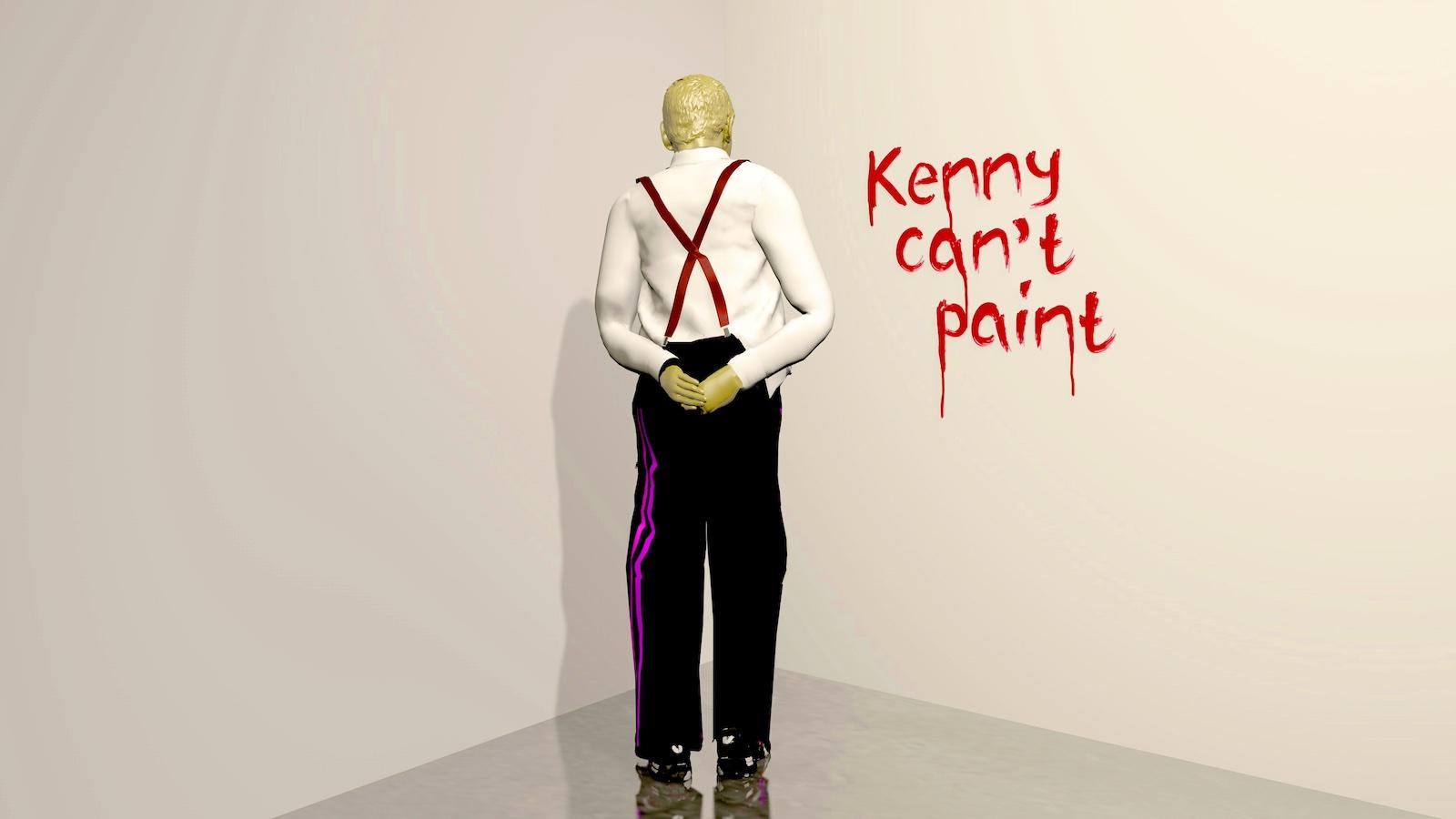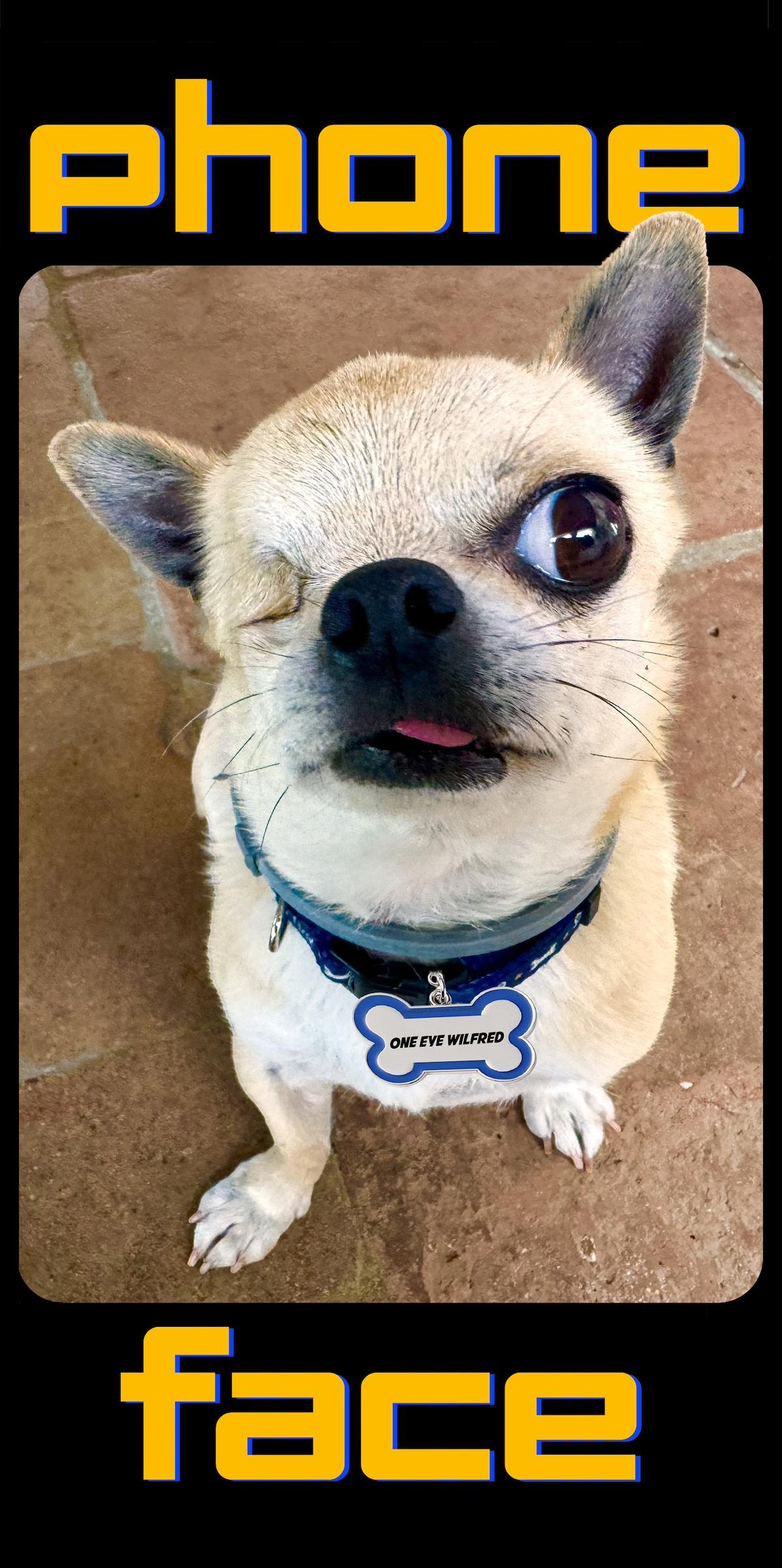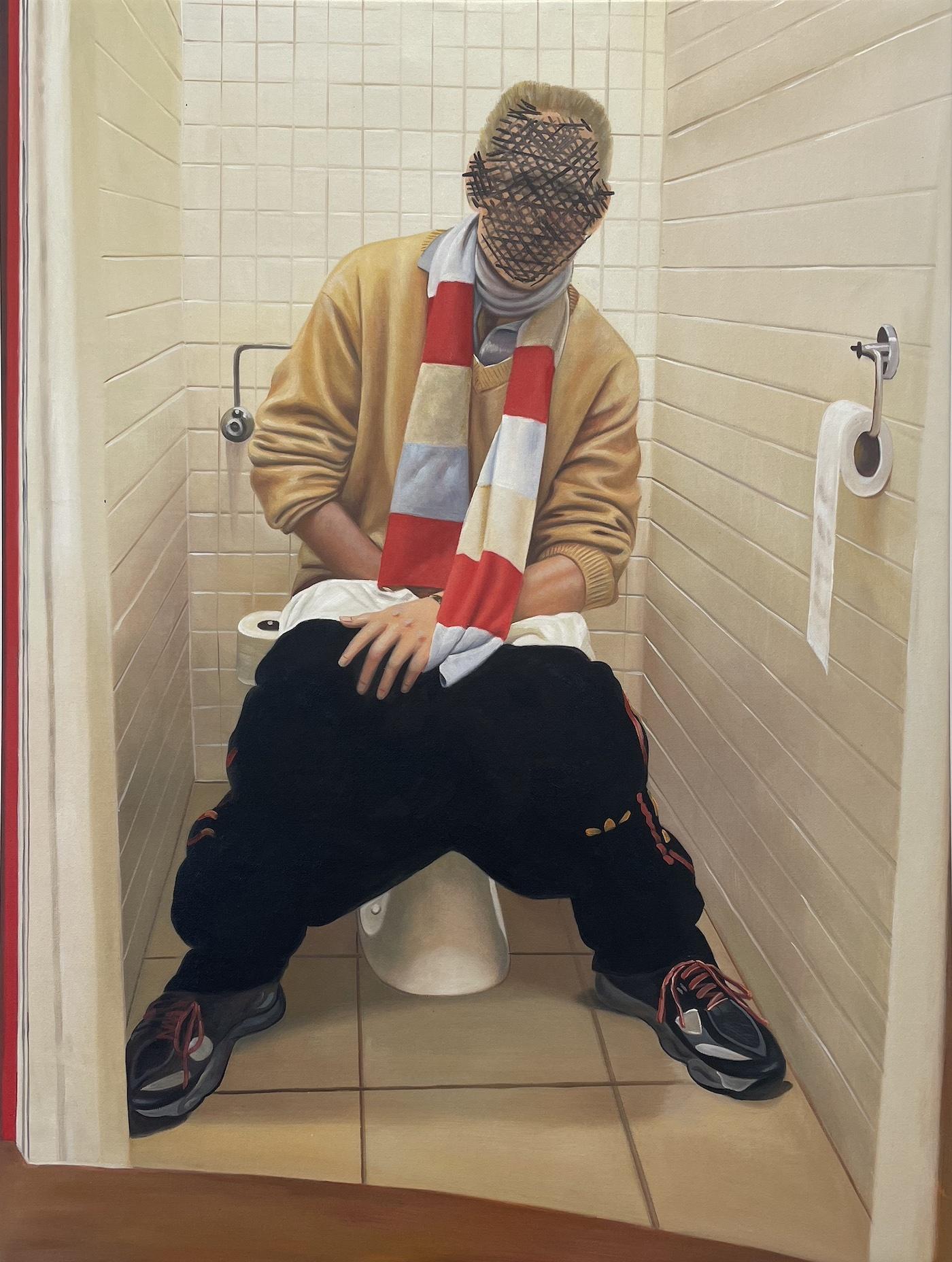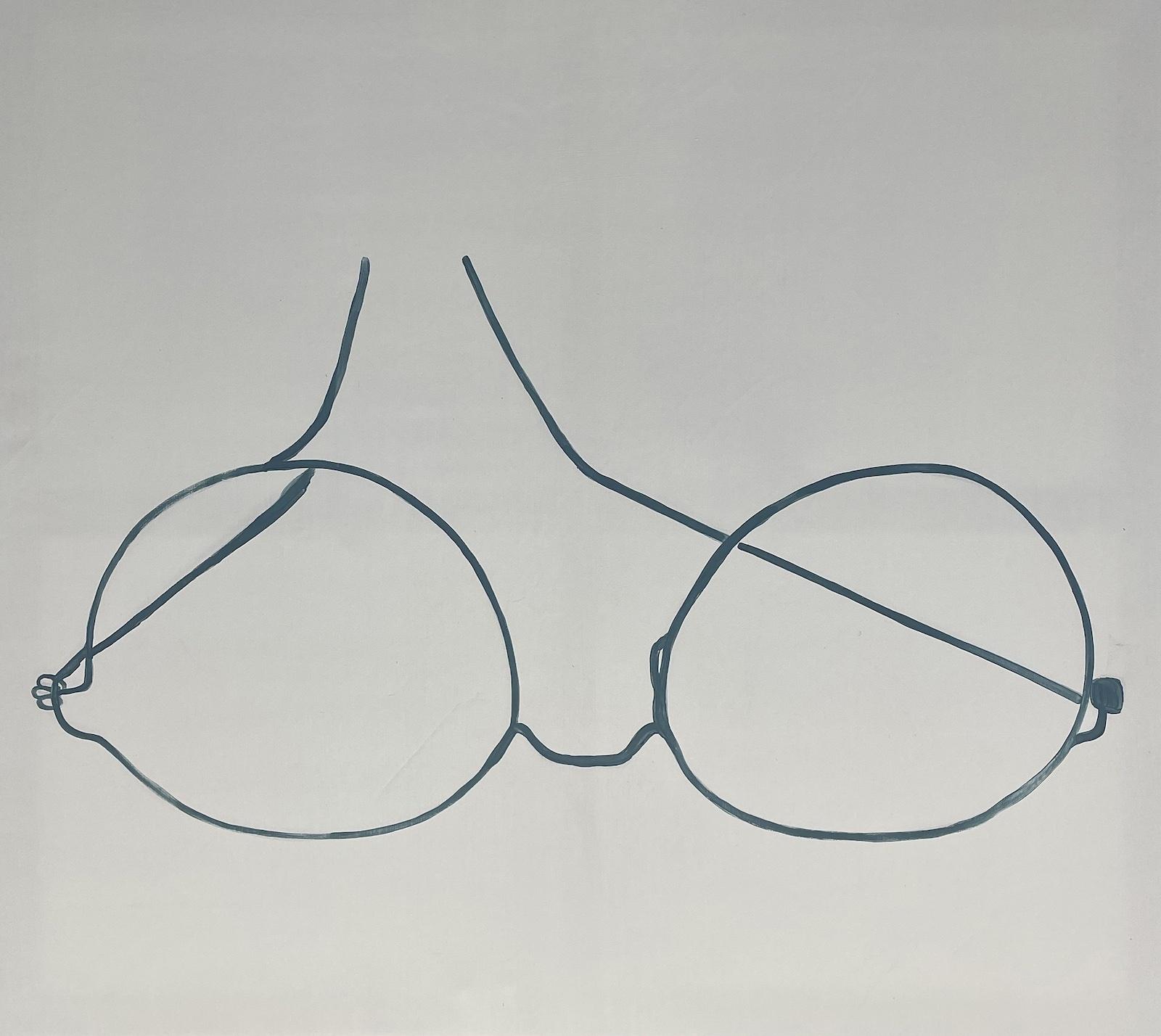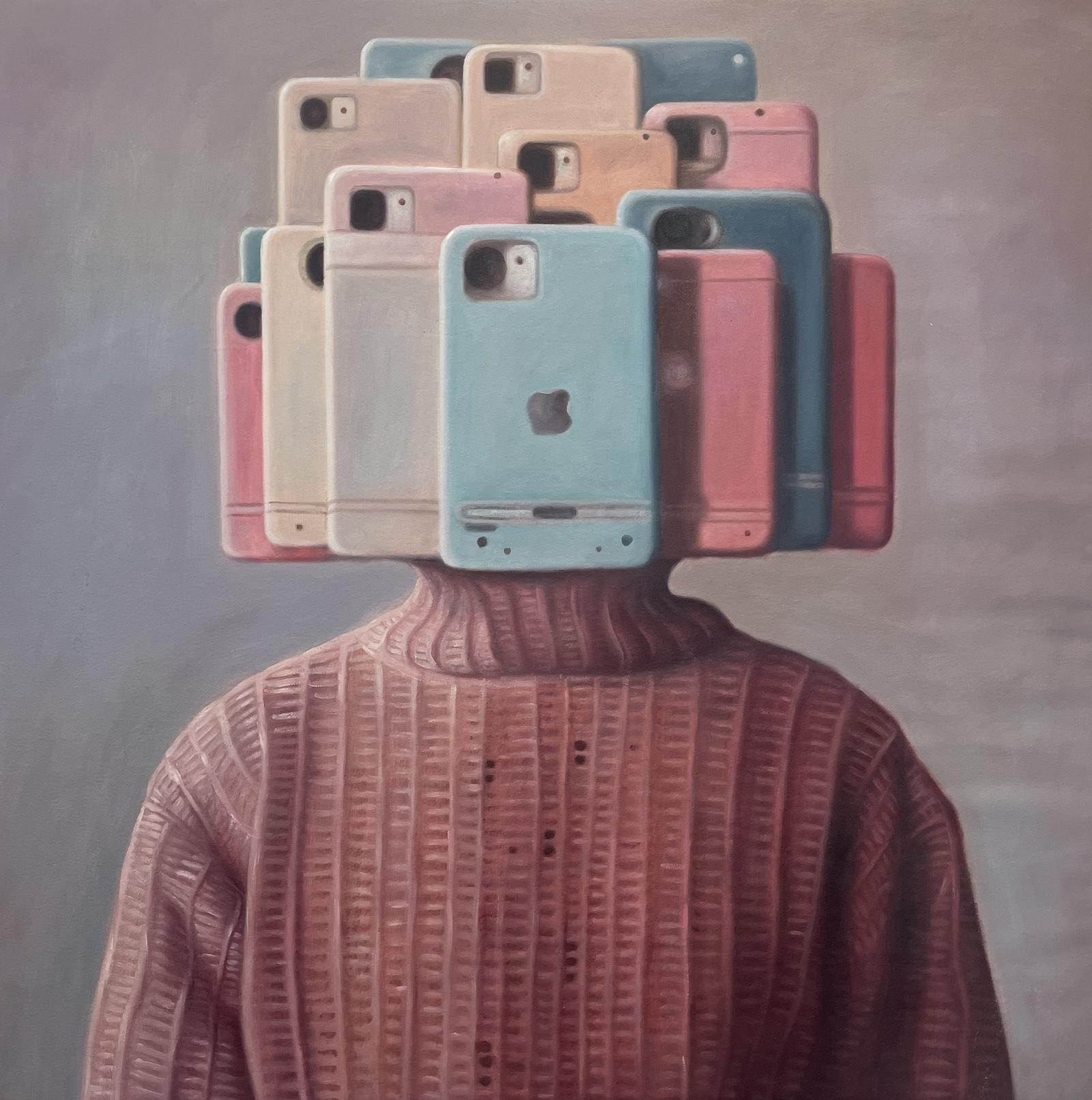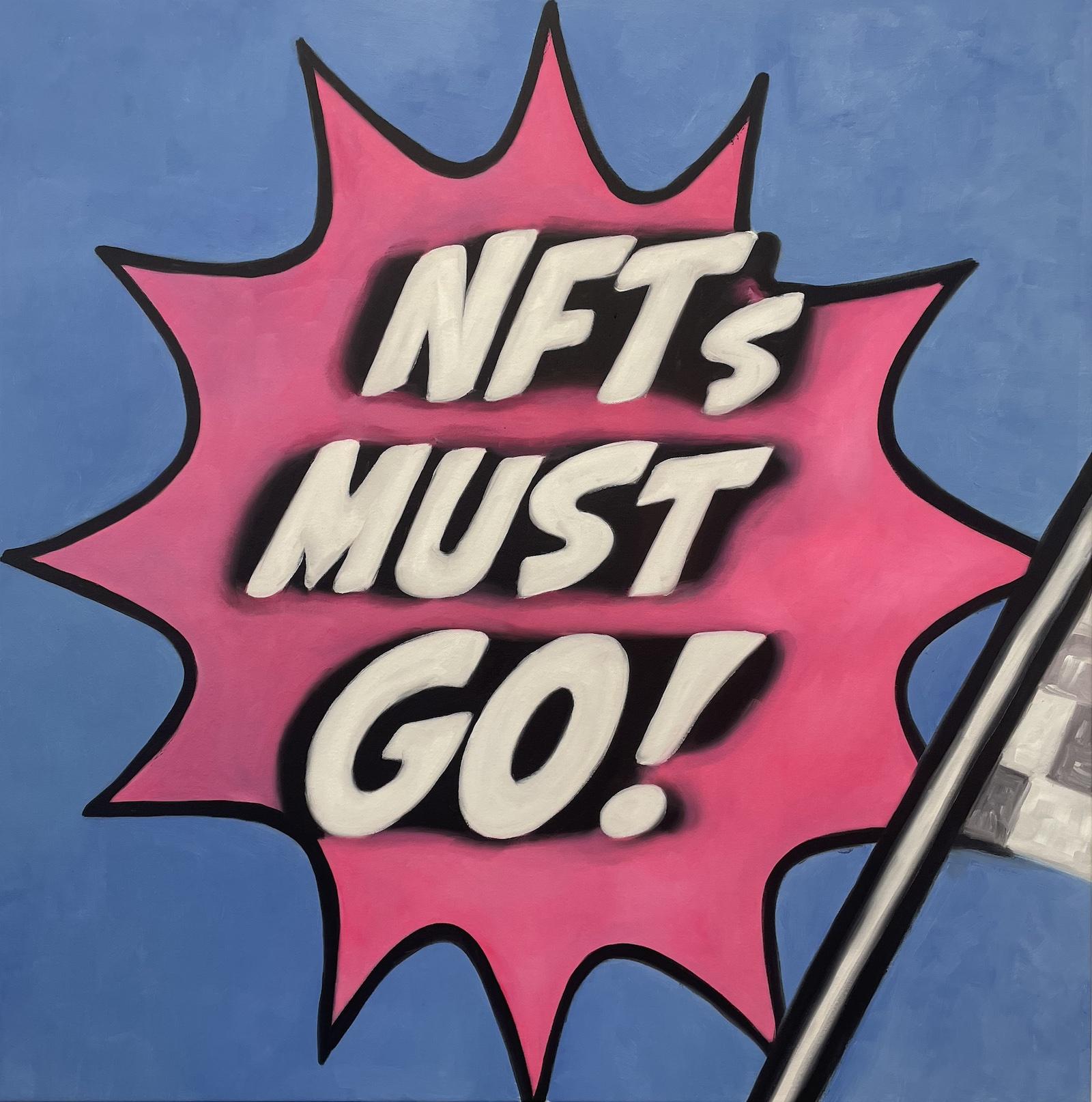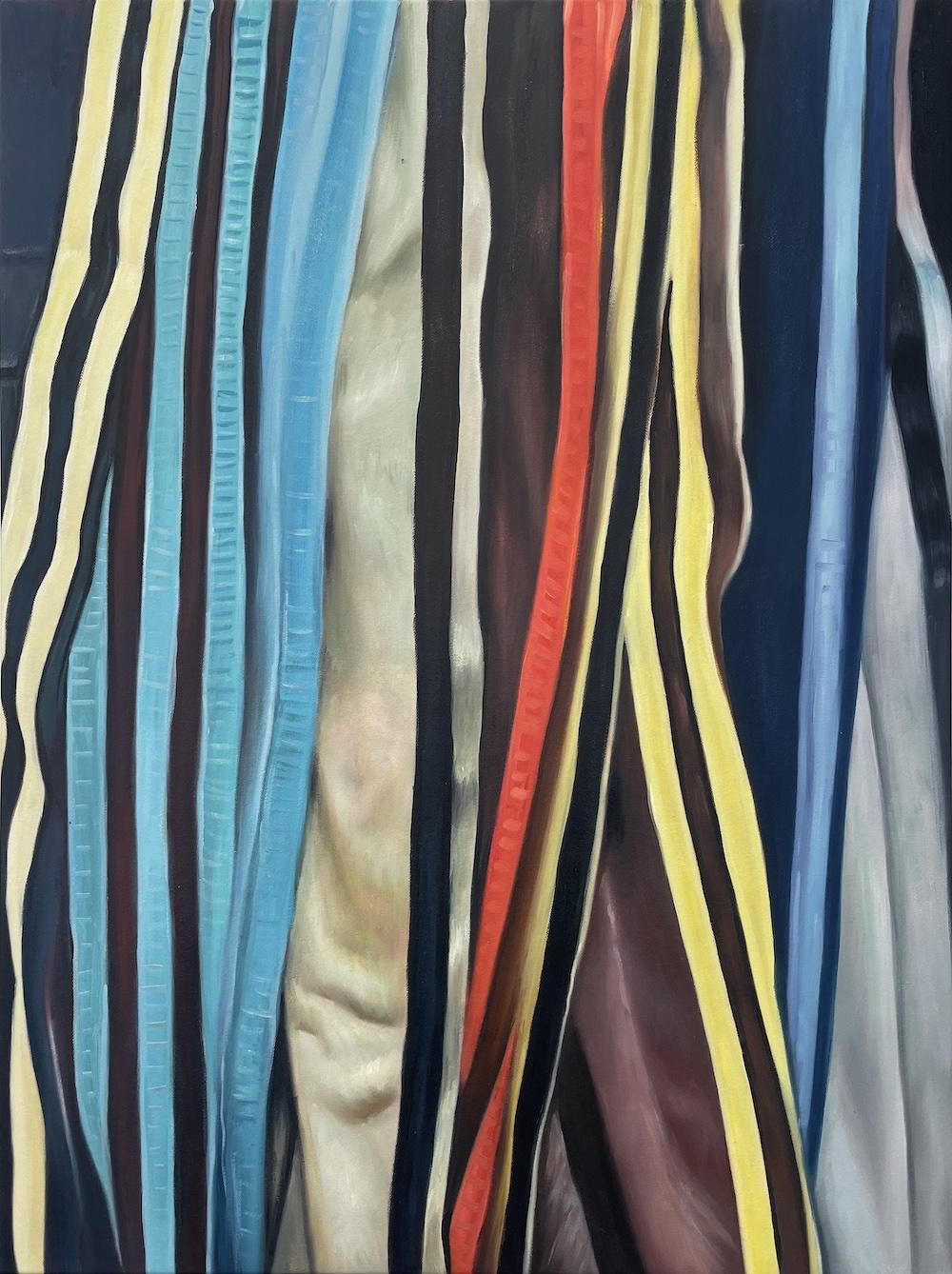Katy Diamond Hamer: Can you talk about what your experience has been like as an artist and collector? Where do you see an overlap, if any?
Kenny Schachter: I don’t differentiate between writing, making art, teaching, and collecting—which, in essence, is a form of curating, which I’ve also been engaged in for nearly 35 years. It’s putting your art life in the context of your peers, or if you collect more established works, living amongst your inspirations and heroes. For me, art is like a verb, an action concept.
Artworks I collect are not static things to be revered; rather, I engage with the art in my collection on a daily basis, touching them, handling them, moving them around literally each and every day like chess pieces. Besides, I can’t play chess and generally avoid games, other than the contact sport that is the art world. Additionally, I rub my nose up against works regularly scrutinizing them as close as you conceivably can, shy of consuming them physically.
KDH: Is it possible to have a favorite in an art collection, and if so, what is yours?
KS: Of course it is, less so to have a favorite child. Paul Thek is an artist that has moved me since I first laid eyes on his works decades ago. His sculpture comprised of 23 bronze mice [part of Thek’s series of 1975 sculptures, “The Personal Effects of the Pied Piper,” made in Rome], I covet, even more so.
KDH: I love how your own artwork is funny, poignant, and politically charged all at once. Can you talk about what motivates you to make a new piece?




